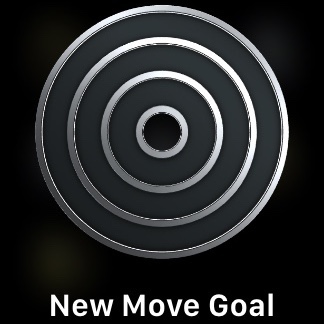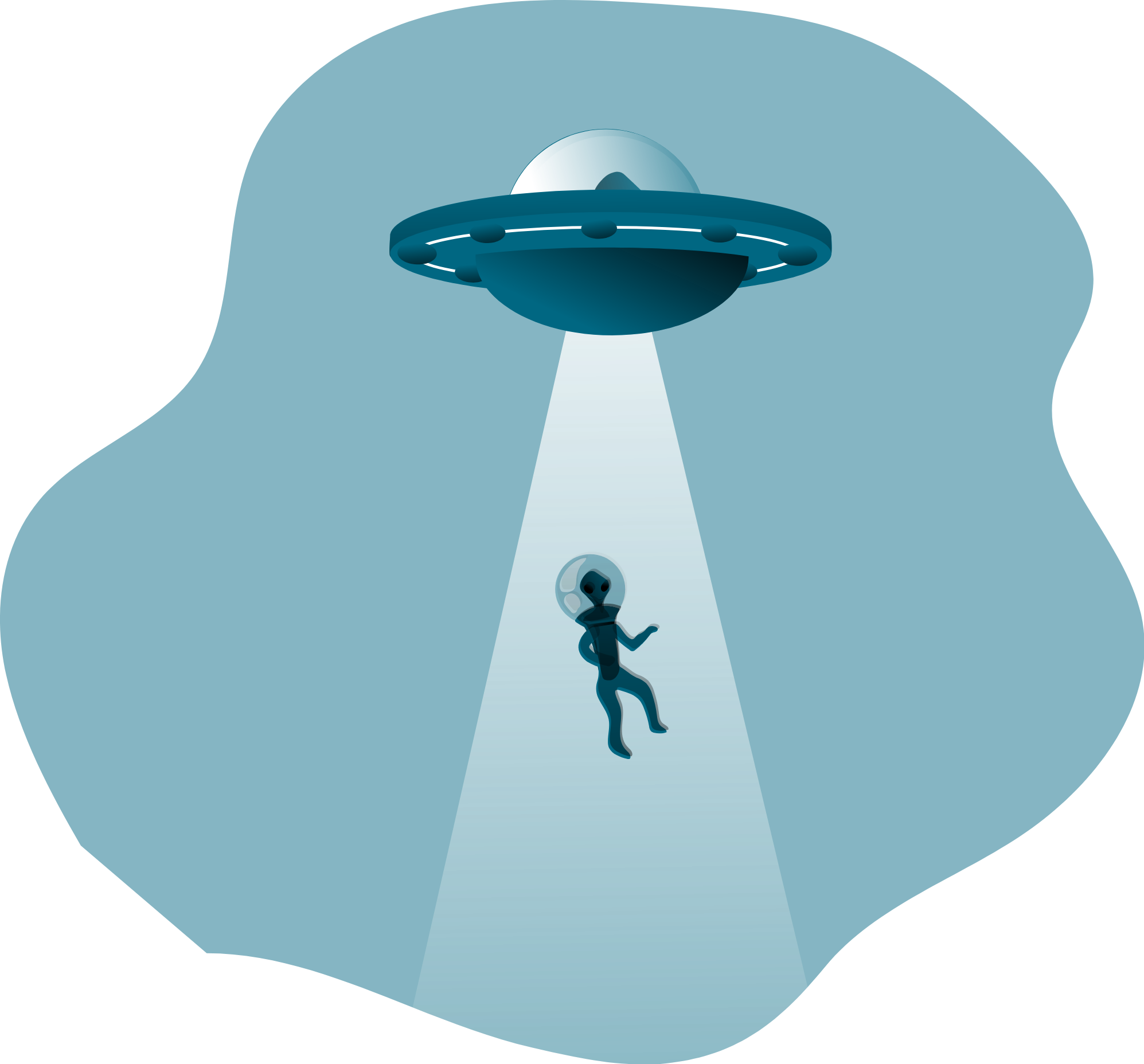A few minutes are all that is left of August. Then we’ll pivot into September and for me it’s the beginning of the meh months, which span about 8 months.
But there are three more weeks of summer and that’s what makes September the easiest of the meh months \o/
In order to look forward to them, I am thinking of approaching them with lists of things I want to do.
One of the lists I need to make first is that of the things or activities that bring me joy and satisfaction. Because these don’t make themselves obvious at the times I need them the most!
Another is about the things I will need to do (outside of work, that is, where I am all set with TODOs, reminders, actions, issues, one-on-ones, weekly meetings, fortnightly ones, etc.)
I feel I might need a third list, but I don’t know yet if it’s right, or if it is a subset from list number two. But it’s an important piece and perhaps that’s what warrants a specific list: one area I read want to dig in is keeping imposter’s syndrome at bay and learning to enjoy where I’m at. Here’s what I mean:
1) one has skills without necessarily realising it, and 2) one may not know how to enjoy the place they’re at when they are right where they’ve worked hard to be.

How do you get to name those skills as personal assets? How do you bask in their glory (without becoming a pompous infatuated egomaniac)? And what list to you build for this journey?









